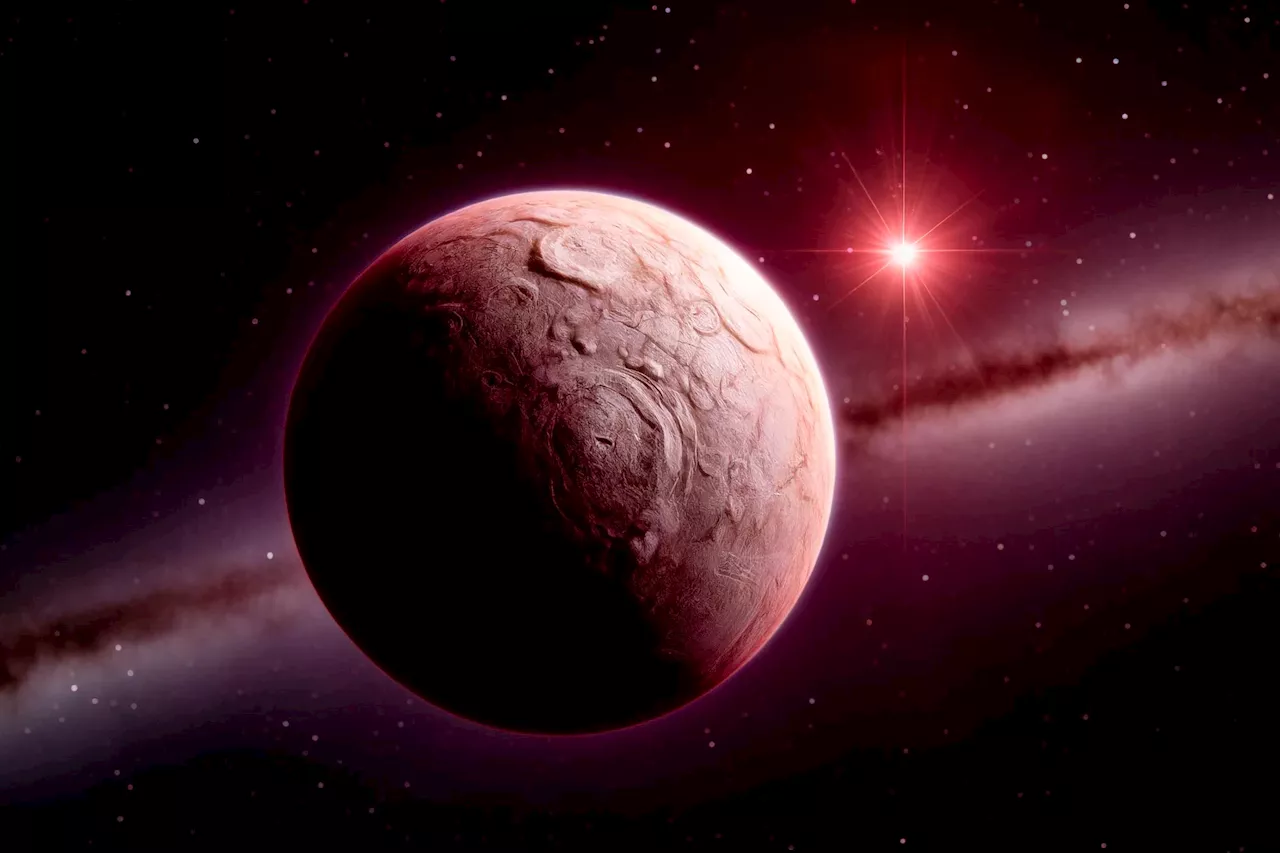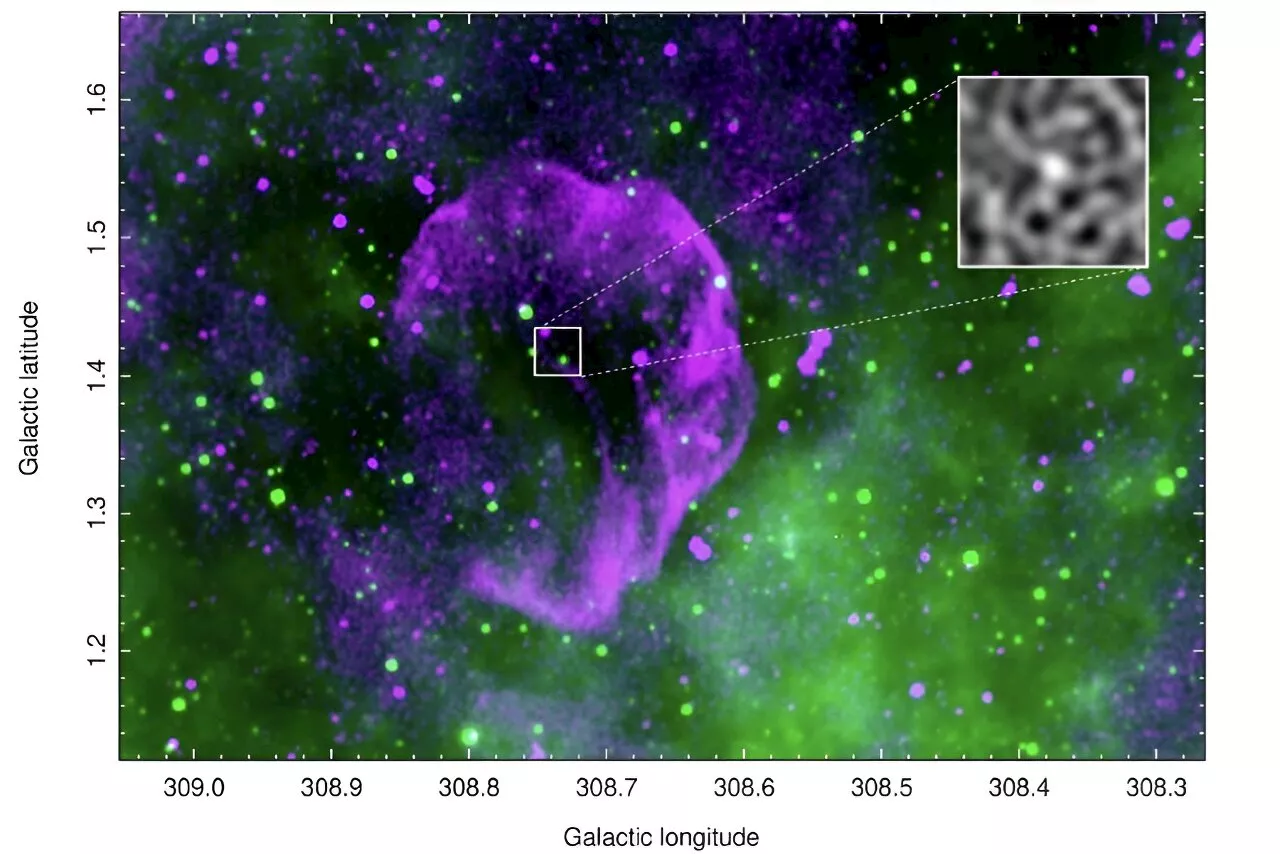Space and astronomy news
The hunt for extrasolar planets has revealed some truly interesting candidates, not the least of which are planets known as “Hot Jupiters.” This refers to a particular class of gas giants comparable in size to Jupiter but which orbit very closely to their suns. Strangely, there are some gas giants out there that have very low densities, raising questions about their formation and evolution.
These planets also go by the moniker “cotton candy” giants because their density is comparable to this staple confection. In a recent study, an international team of astronomers spotted another massive planet,, a fluffy gas giant orbiting a Sun-like star 1,232 light-years away. While this planet is roughly one and a half times the size of Jupiter, it is only about 14% as massive. This makes WASP-193b the second-lightest exoplanet observed to date.
The research team consisted of astronomers from the Astrobiology Research Unit and the Space Sciences, Technologies, and Astrophysics Research Institute at the Université de Liège, the Oukaimeden Observatory at Cadi Ayyad University, the Massachusetts Institute of Technology , the Instituto de Astrofísica de Andalucía , the European Southern Observatory , the Center for Space and Habitability at the University of Bern, the Center for Computational Astrophysics, the Cavendish...
Artist’s impression of the hot Jupiter exoplanet WASP-69b, which orbits its star so closely that its atmosphere is being blown into space. Credit: Adam Makarenko/W. M. Keck Observatory The researchers suspect that WASP-193b is composed mostly of hydrogen and helium, like all gas giants, and that these form a hugely inflated atmosphere that extends tens of thousands of kilometers farther than Jupiter’s atmosphere. These findings cannot be explained by conventional theories of planet formation and evolution, which makes WASP-193b an ideal candidate for follow-up observations.
United Kingdom Latest News, United Kingdom Headlines
Similar News:You can also read news stories similar to this one that we have collected from other news sources.
 Astronomers Discover Nearby Earth-Sized Planet With No AtmosphereScience, Space and Technology News 2024
Astronomers Discover Nearby Earth-Sized Planet With No AtmosphereScience, Space and Technology News 2024
Read more »
 Astronomers discover merging twin quasarsUsing the Subaru Telescope in Hawaii, astronomers have detected a pair of merging quasars at a high redshift, as part of the Hyper SuprimeCam (HSC) Subaru Strategic Program (SPP) survey. The serendipitous discovery is reported in the latest issue of the Astrophysical Journal Letters.
Astronomers discover merging twin quasarsUsing the Subaru Telescope in Hawaii, astronomers have detected a pair of merging quasars at a high redshift, as part of the Hyper SuprimeCam (HSC) Subaru Strategic Program (SPP) survey. The serendipitous discovery is reported in the latest issue of the Astrophysical Journal Letters.
Read more »
 Astronomers discover new Earth-sized world orbiting an ultra-cool starAn international team of astronomers has detected a new, Earth-sized planet just 55 light years away, orbiting an ultra-cool red dwarf star.
Astronomers discover new Earth-sized world orbiting an ultra-cool starAn international team of astronomers has detected a new, Earth-sized planet just 55 light years away, orbiting an ultra-cool red dwarf star.
Read more »
 Astronomers discover WASP-193b, a giant planet with a density similar to that of cotton candyAn international team led by researchers from the EXOTIC Laboratory of the University of Liège, in collaboration with MIT and the Astrophysics Institute in Andalusia, has just discovered WASP-193b, an extraordinarily low-density giant planet orbiting a distant sun-like star.
Astronomers discover WASP-193b, a giant planet with a density similar to that of cotton candyAn international team led by researchers from the EXOTIC Laboratory of the University of Liège, in collaboration with MIT and the Astrophysics Institute in Andalusia, has just discovered WASP-193b, an extraordinarily low-density giant planet orbiting a distant sun-like star.
Read more »
 Astronomers discover ‘cotton candy’ like dense planet 1,200 light-years awayThe team hypothesizes that the exoplanet is primarily made of hydrogen and helium—similar to other gas giants in our galaxy.
Astronomers discover ‘cotton candy’ like dense planet 1,200 light-years awayThe team hypothesizes that the exoplanet is primarily made of hydrogen and helium—similar to other gas giants in our galaxy.
Read more »
 Raspberry in the sky: Astronomers discover a new supernova remnant candidateAstronomers from the Western Sydney University in Australia and elsewhere report the detection of a new supernova remnant (SNR) candidate. The newfound SNR candidate, dubbed 'Raspberry' due to its morphology, was identified in the near side of the Milky Way's Scutum-Centaurus Arm.
Raspberry in the sky: Astronomers discover a new supernova remnant candidateAstronomers from the Western Sydney University in Australia and elsewhere report the detection of a new supernova remnant (SNR) candidate. The newfound SNR candidate, dubbed 'Raspberry' due to its morphology, was identified in the near side of the Milky Way's Scutum-Centaurus Arm.
Read more »
